Reason With Shapes Worksheets
What is a Half
Grades: 2nd Grade, 3rd Grade
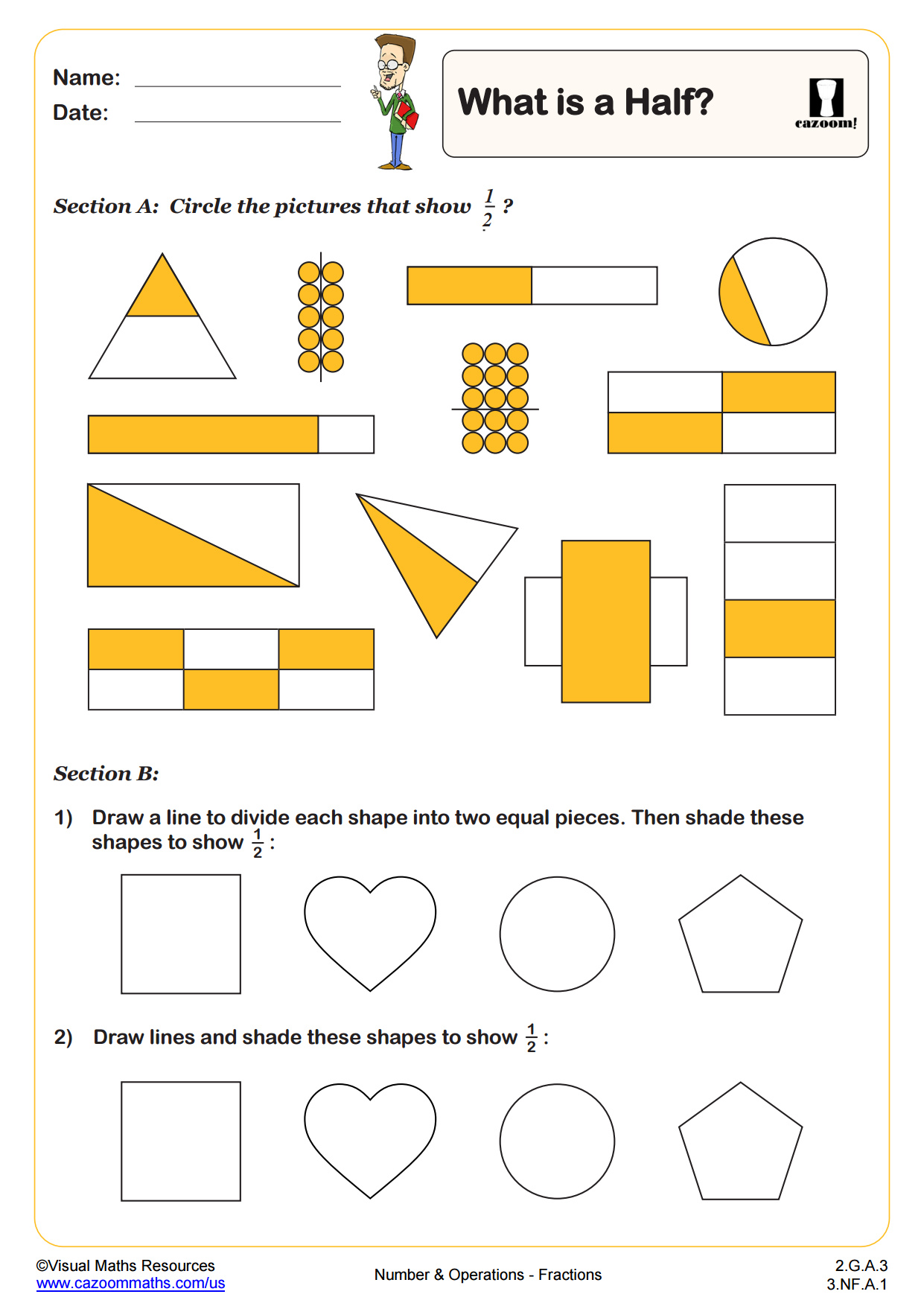
What is a Quarter
Grades: 2nd Grade, 3rd Grade
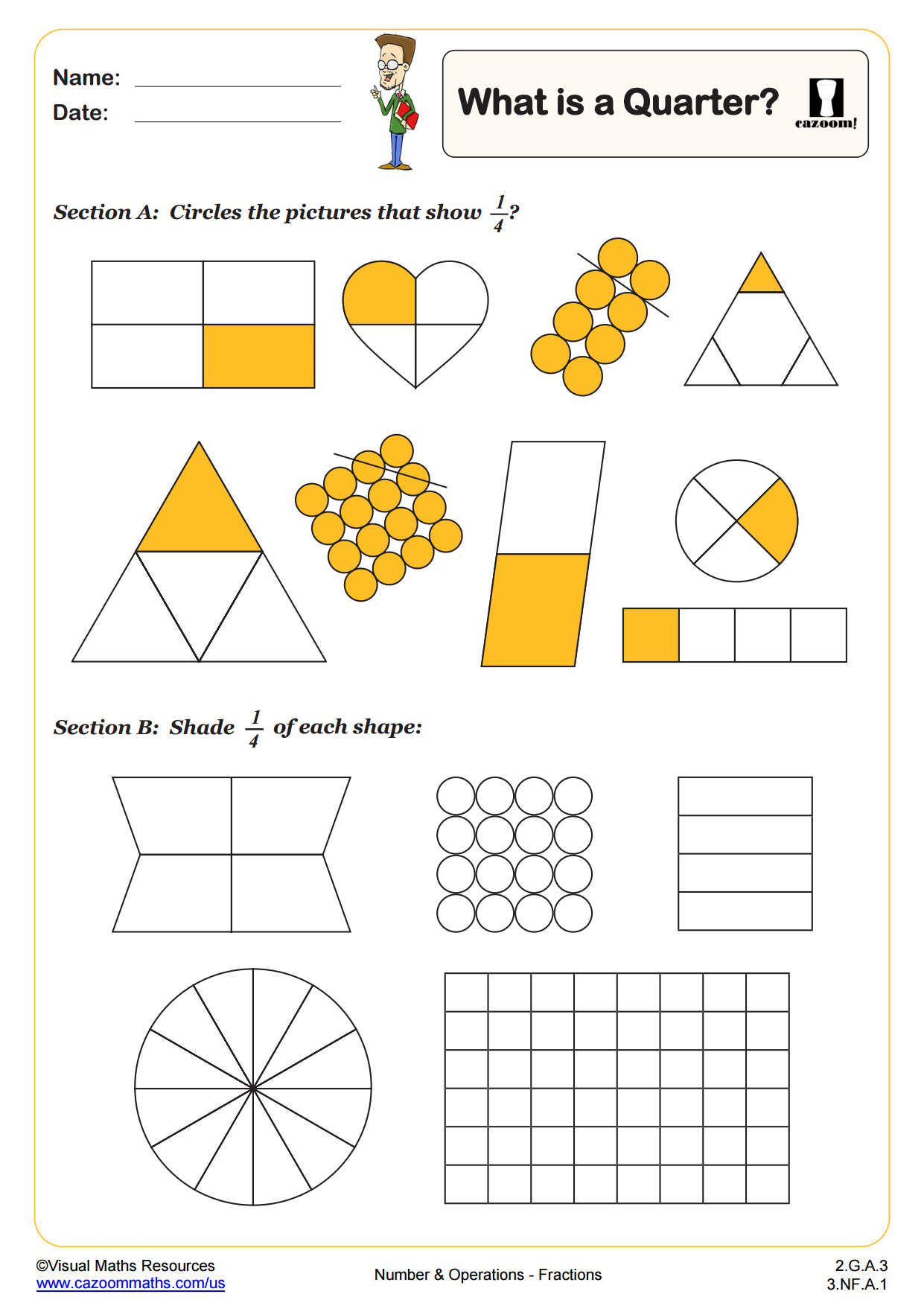
What is a Third
Grades: 2nd Grade, 3rd Grade
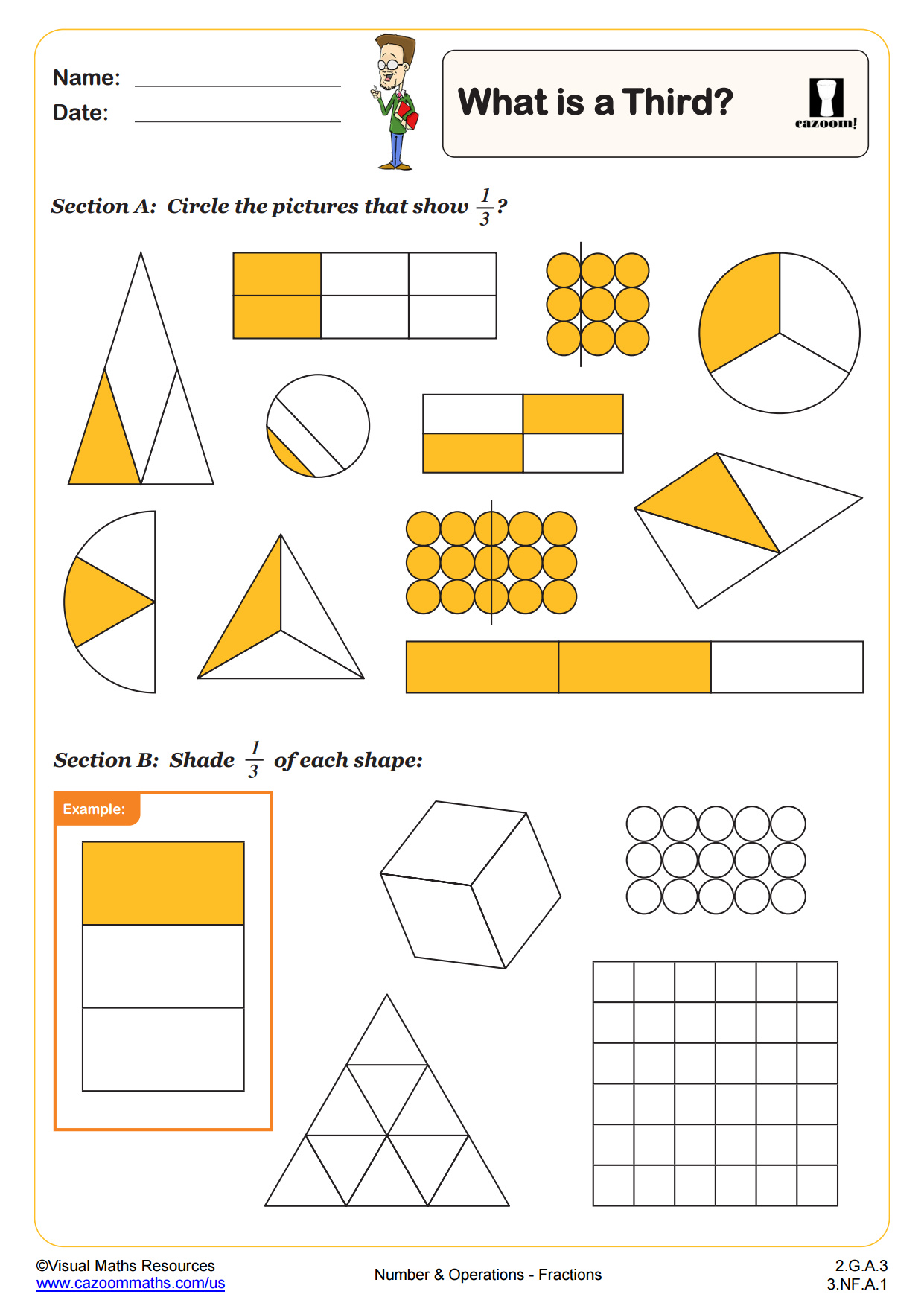
Coordinate Shapes (with clues)
Grades: 4th Grade, 5th Grade
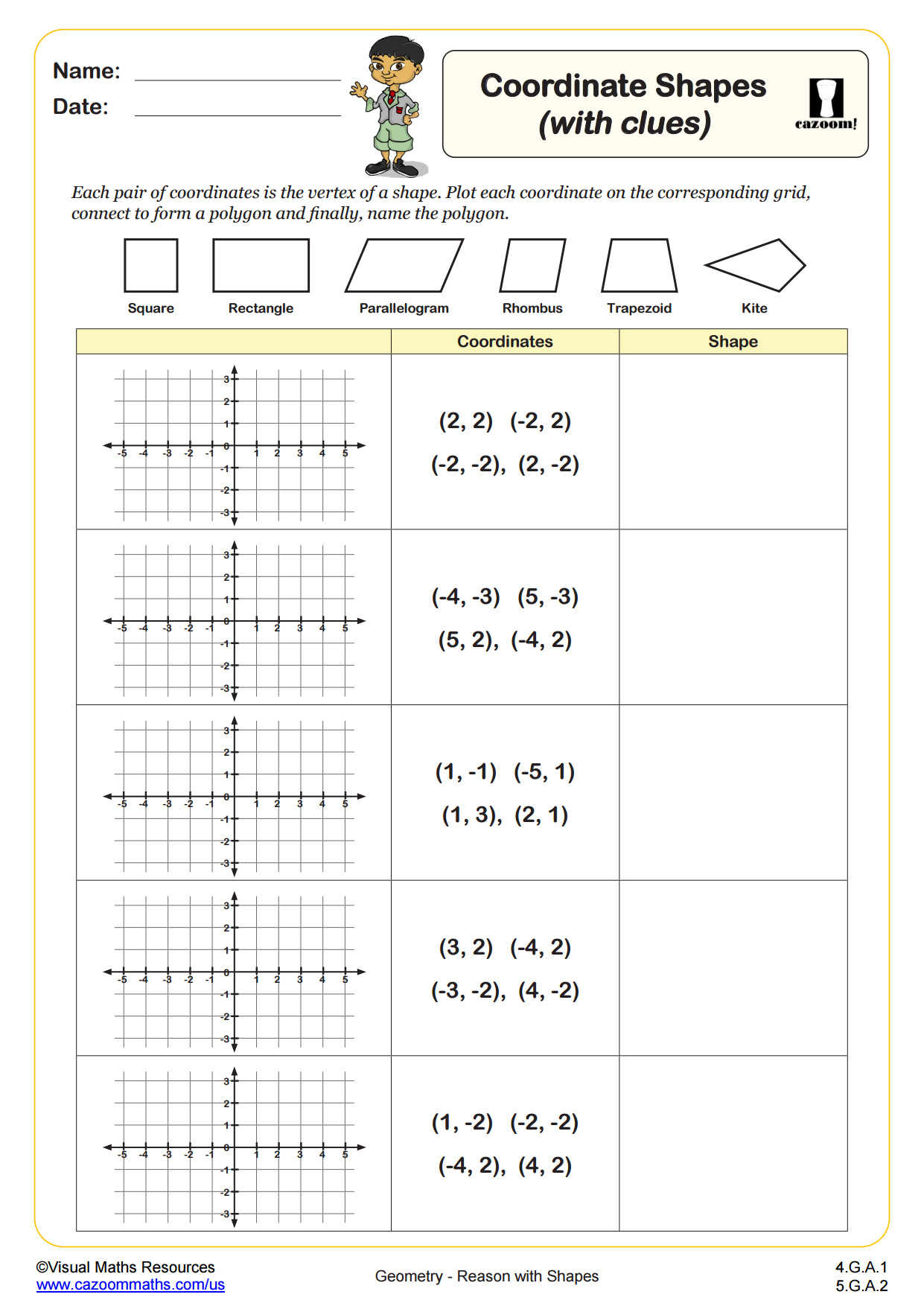
Midpoints of Lines
Grades: 4th Grade, 5th Grade
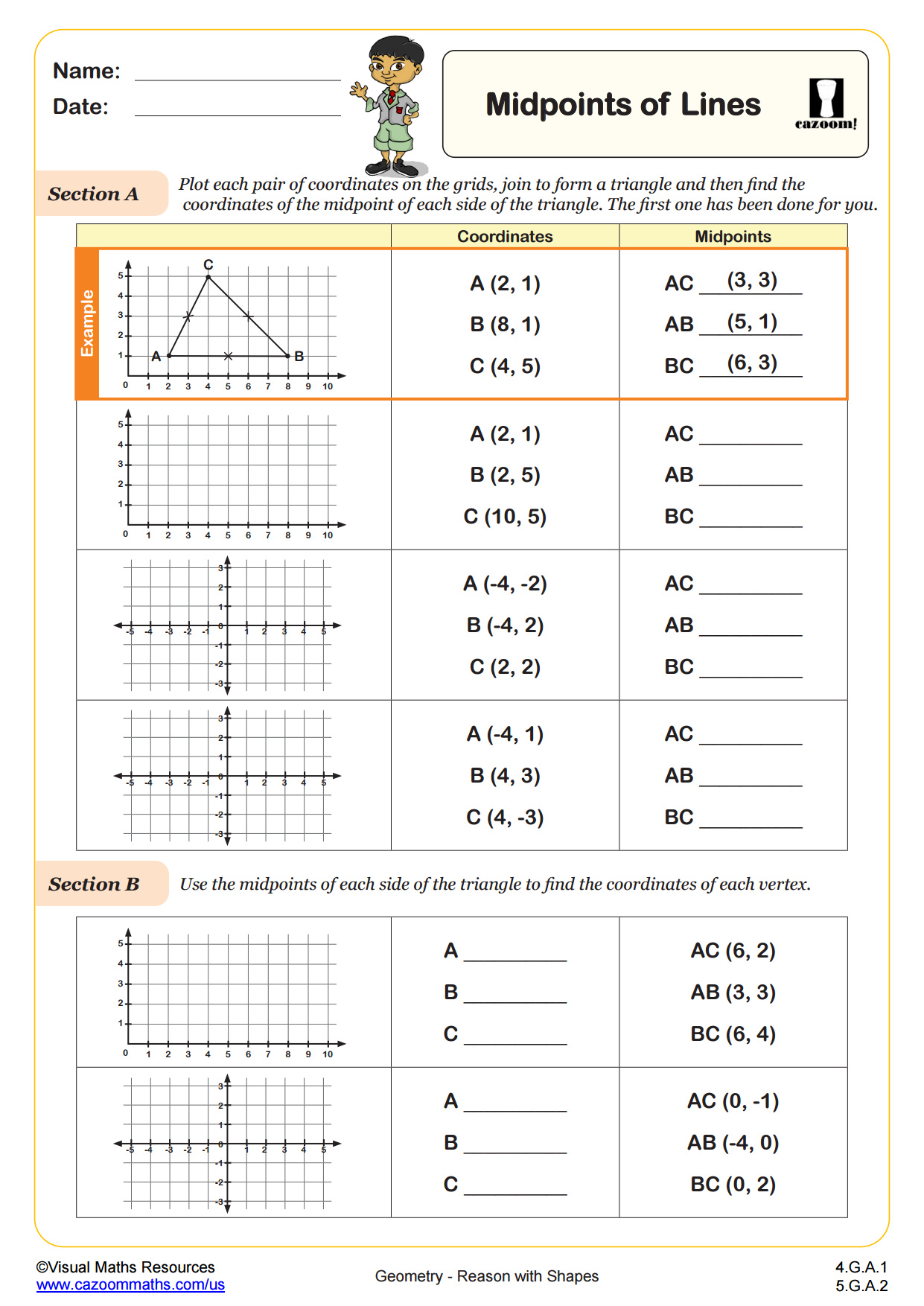
Properties of triangles
Grades: 4th Grade, 5th Grade
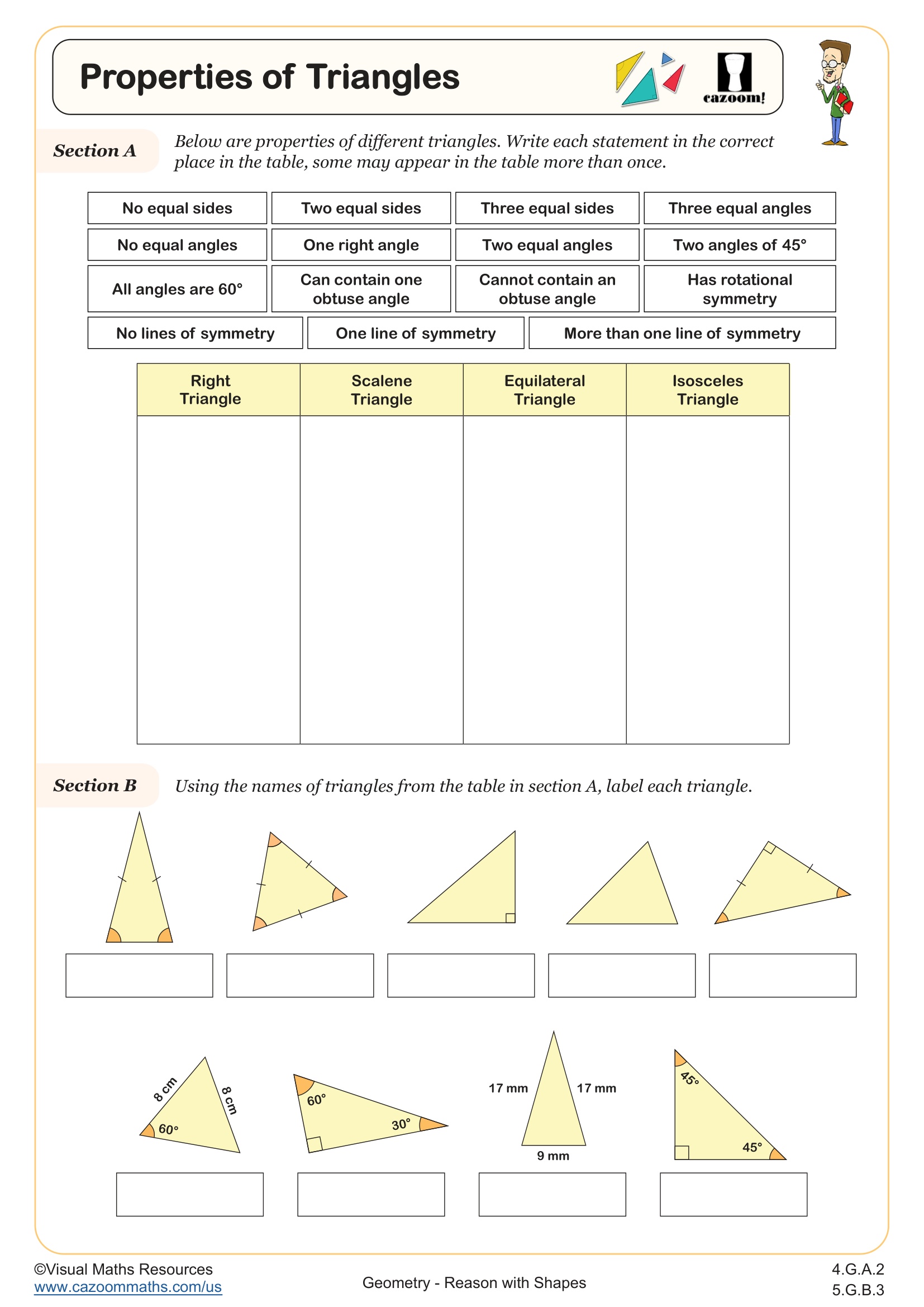
Nets of a Cube
Grades: 6th Grade
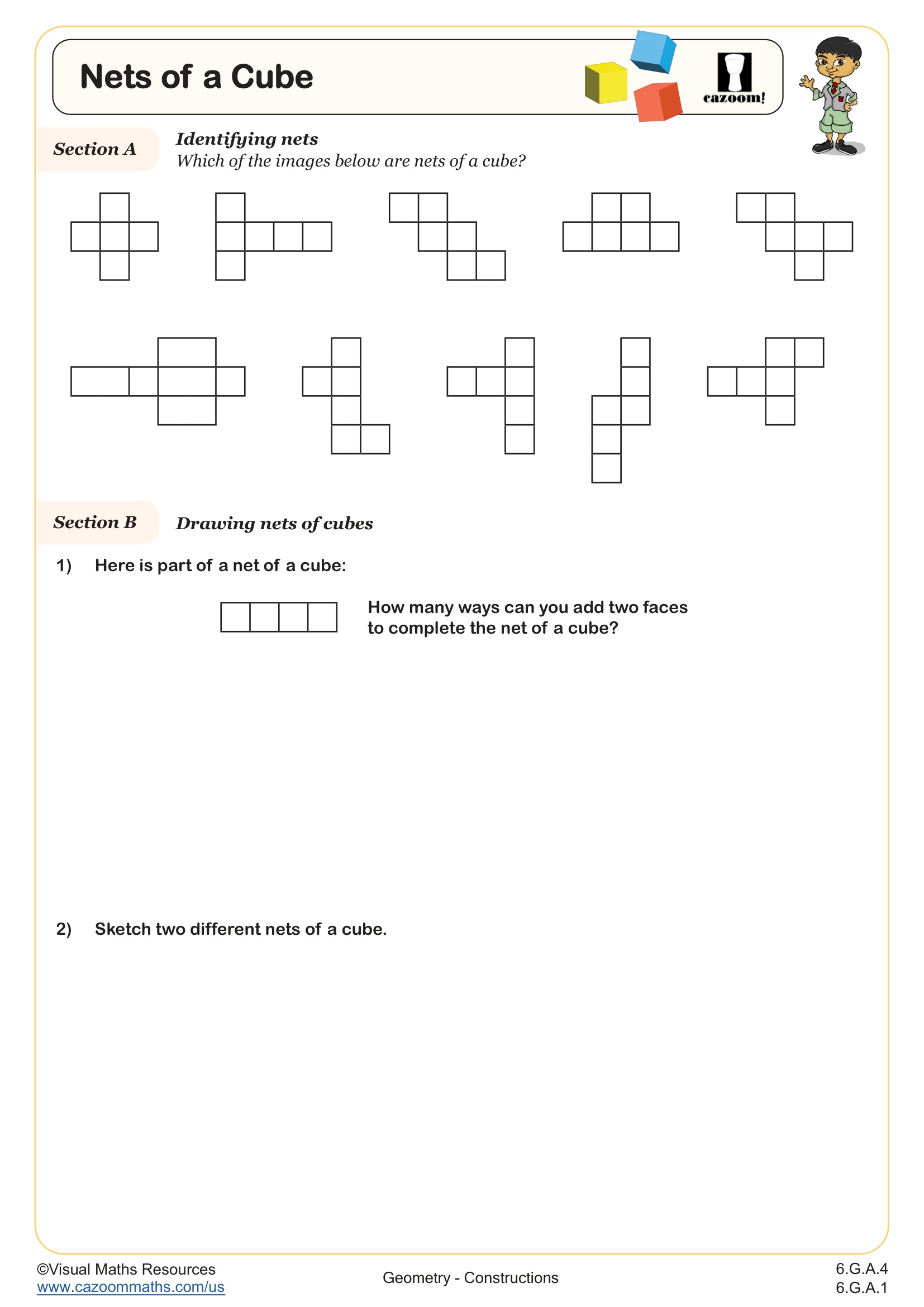
Printable PDF Reasoning with Shapes Worksheets with Answers
Download our printable PDF reasoning with shapes worksheet to give your students the push they need when learning different types of geometrical 2D and 3D shapes. Our math experts have specifically curated these resources in a way that your elementary, middle, and high school learners can master this concept using simple shapes with clear and easy-to-understand instructions. Hence, our reasoning with shapes worksheets is great for building a sense of core geometry and early problem-solving skills.
What Is Reasoning with Shapes?
This concept of reasoning with shapes is the basic step of learning advanced geometrical lessons. The basic idea of this concept reasoning with shapes means using logic and observation to explore and understand how shapes work. Students learn to spot patterns, match shapes, and predict what comes next. They also compare shapes by size, sides, and angles. These worksheets help children ask questions like, “How are these shapes the same?” or “What happens if we rotate this shape?” This early reasoning supports future learning in geometry and problem-solving.
Reasoning with Shapes Activities for Early Grades
Our worksheets feature child-friendly activities that include tracing, drawing, comparing, sorting, and pattern-building with shapes. These exercises encourage students to think critically about shape relationships, position, and symmetry. Teachers can use these tasks to promote discussion and boost math vocabulary. The content is aligned with early elementary standards and builds a strong base for more advanced geometry topics in later years.
Real-Life Uses of Reasoning with Shapes
Reasoning with shapes is part of everyday life. Children use this skill when doing puzzles, organizing toys, or understanding signs and symbols. As they grow, they use these skills in art, design, building, and even coding. Our worksheets show how thinking about shapes helps in real-world situations. They give students the tools to reason visually, spot patterns, and solve problems in fun and meaningful ways.
Requisite Knowledge Before Learning to Reason with Shapes
Before using these worksheets, students should be able to:
• Recognize and name basic 2D and 3D shapes
• Count sides, corners, and edges
• Use words like “next to,” “under,” “above,” and “beside”
• Match and sort objects by shape, size, or color
Our worksheets review these concepts while gently introducing deeper reasoning and spatial thinking.